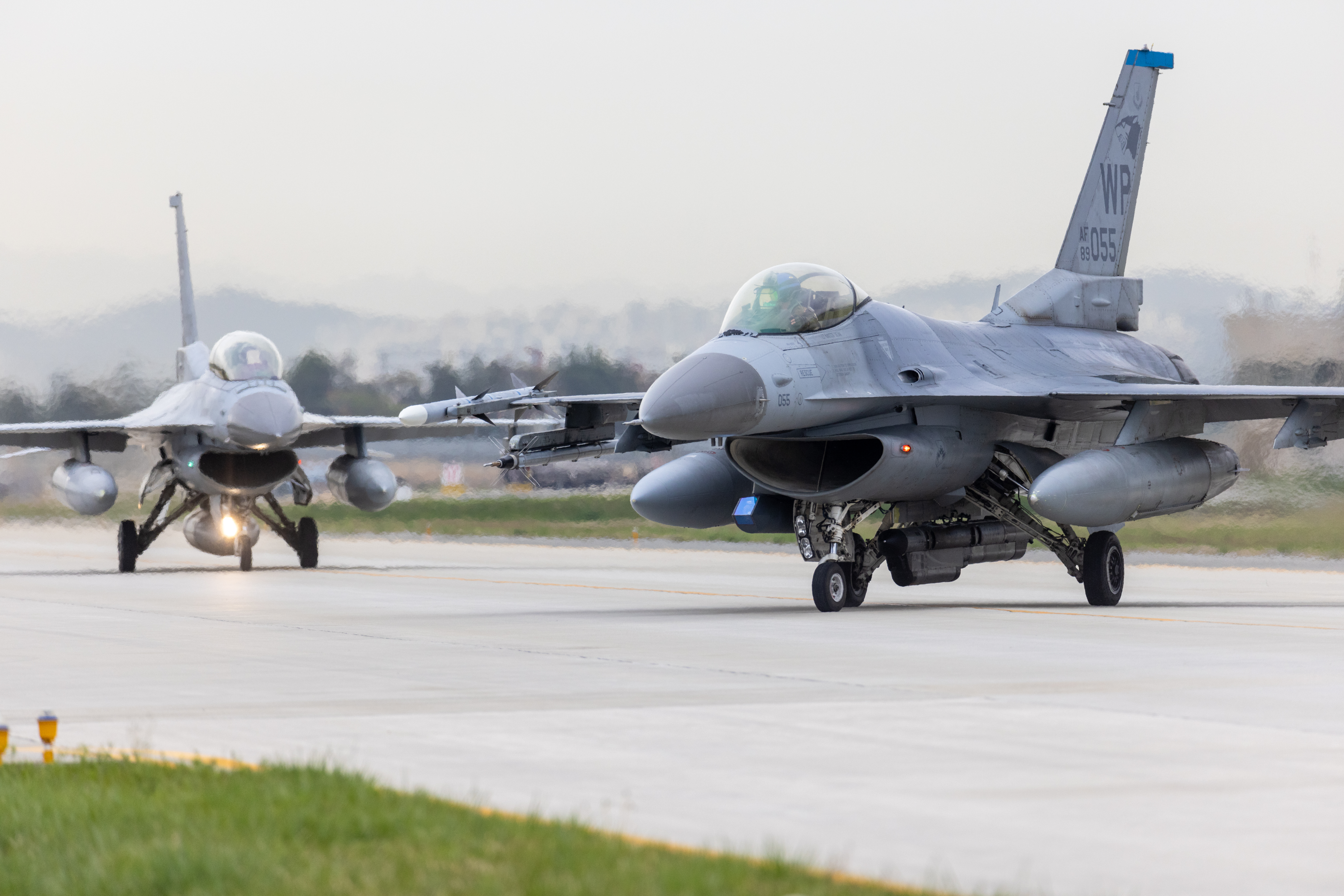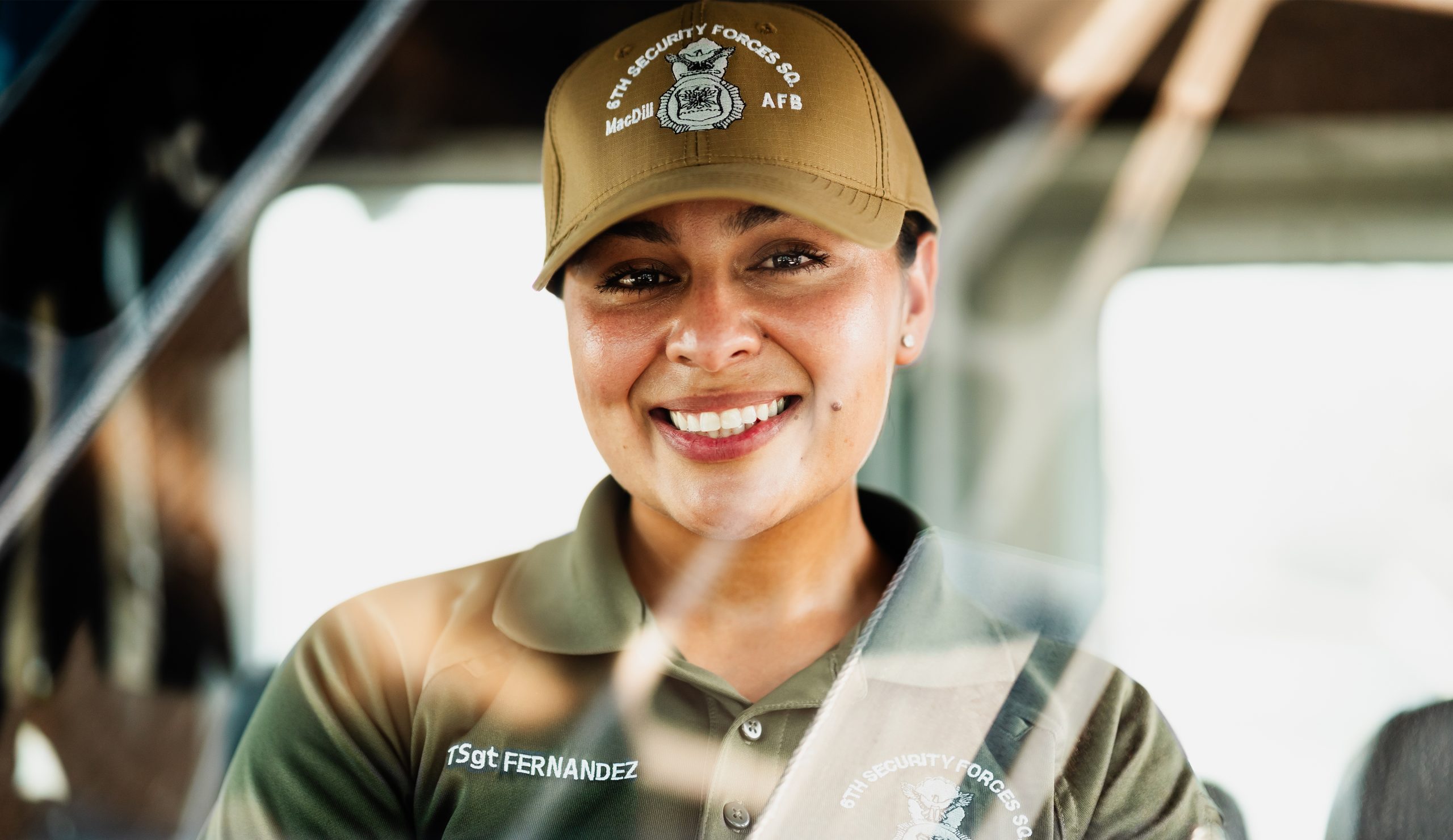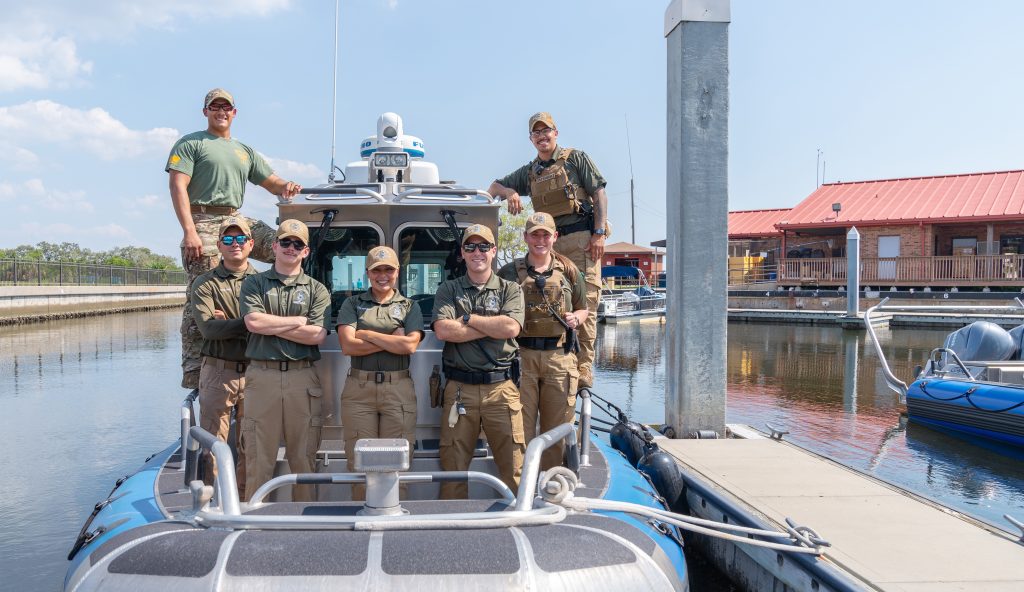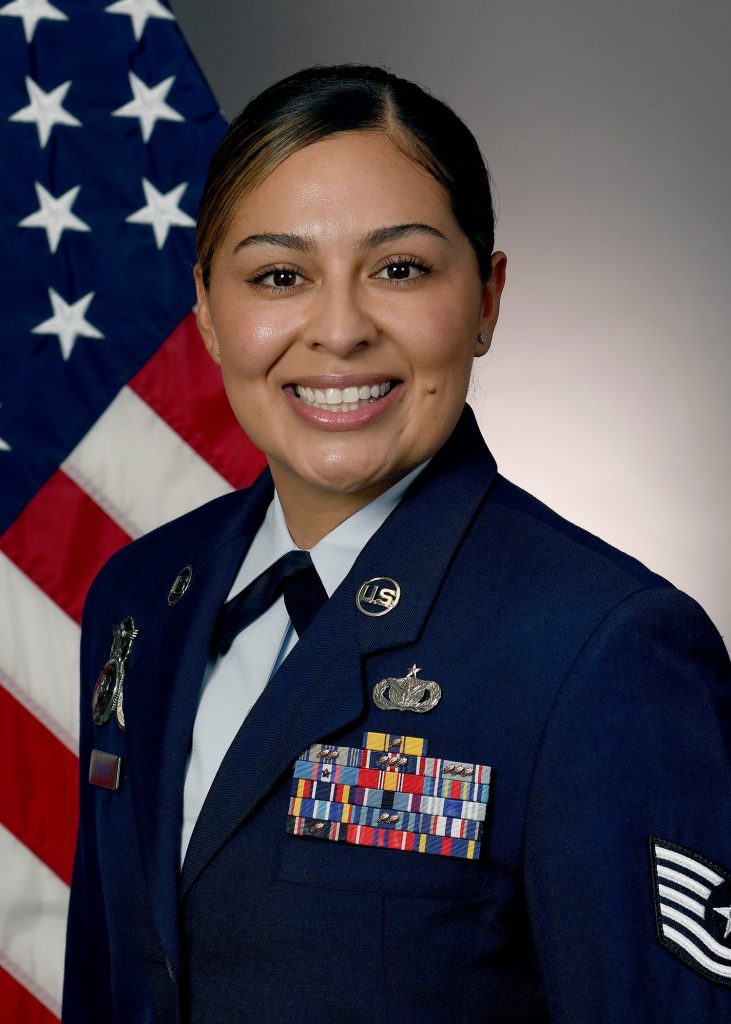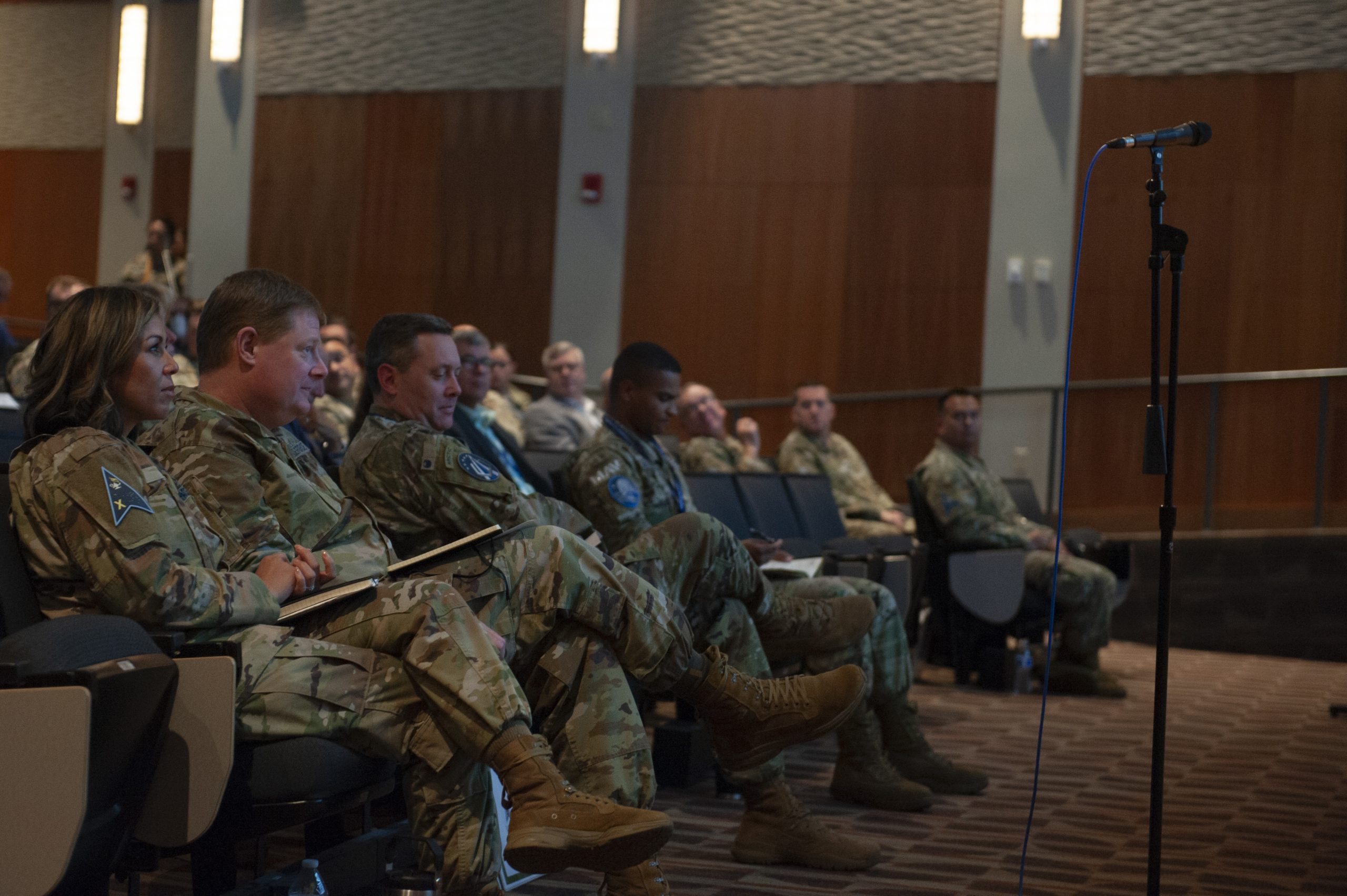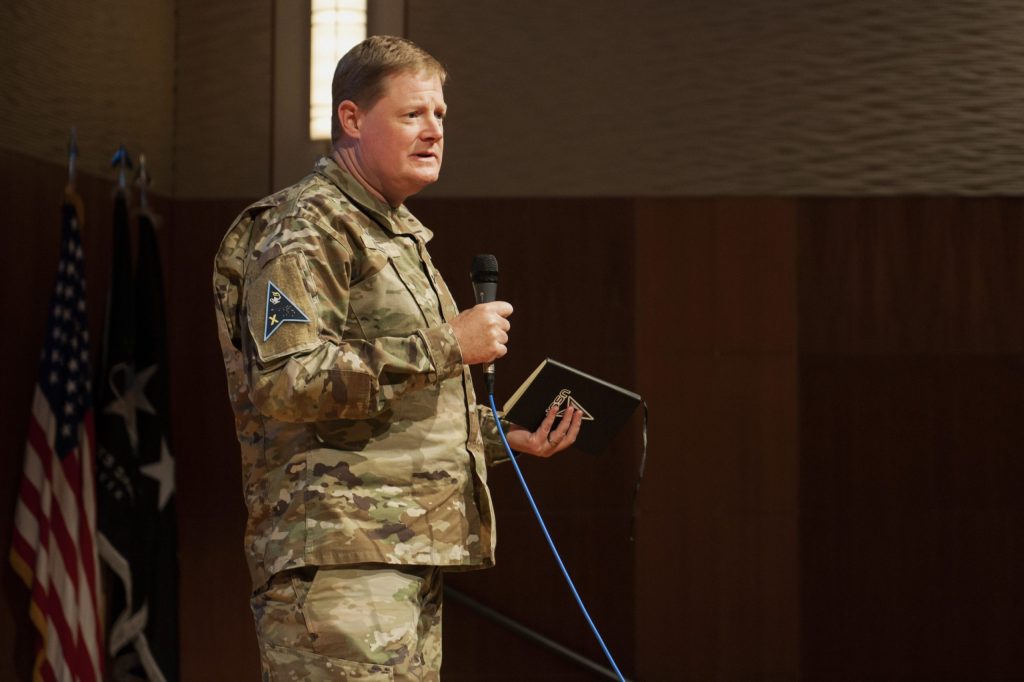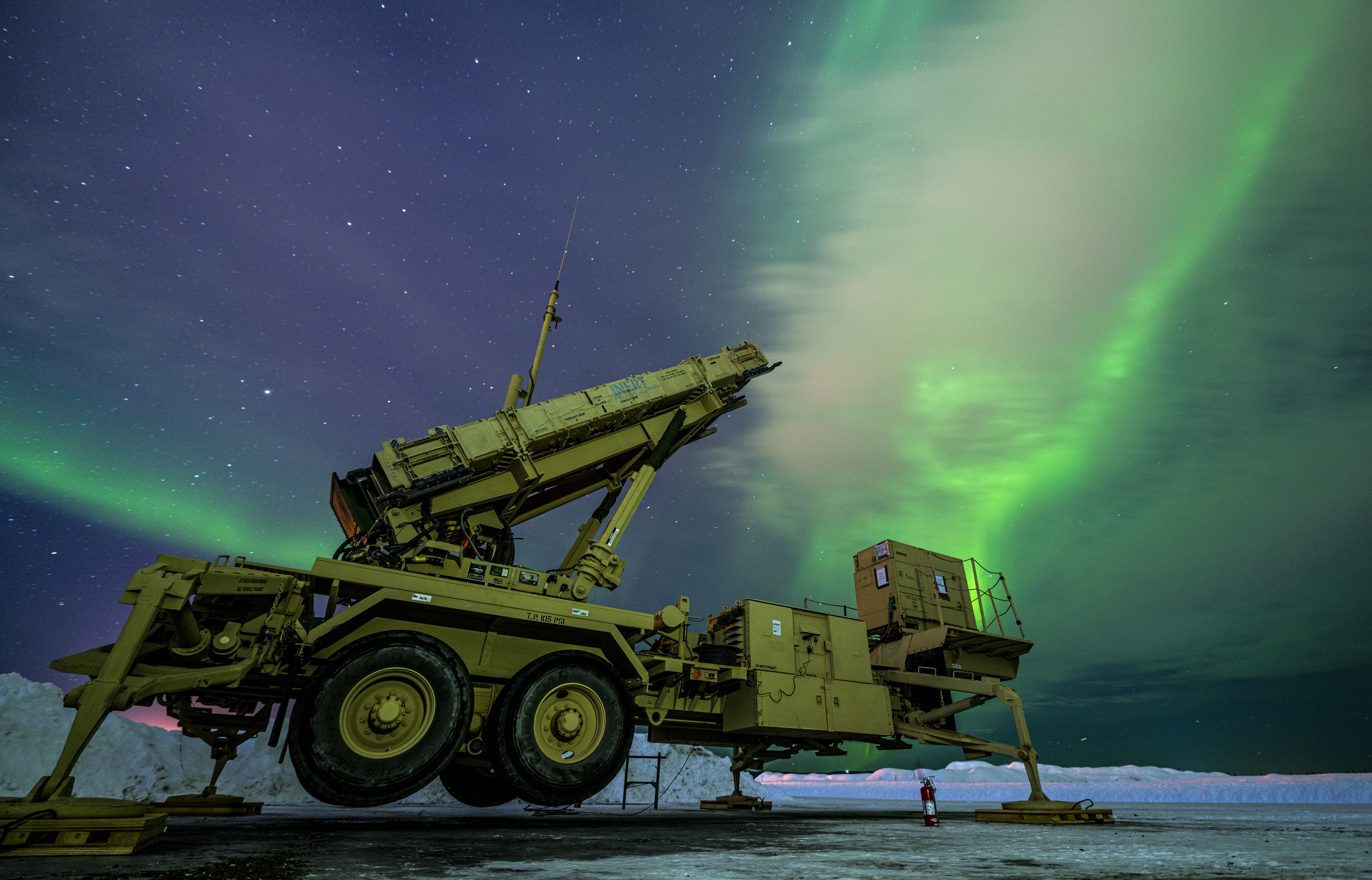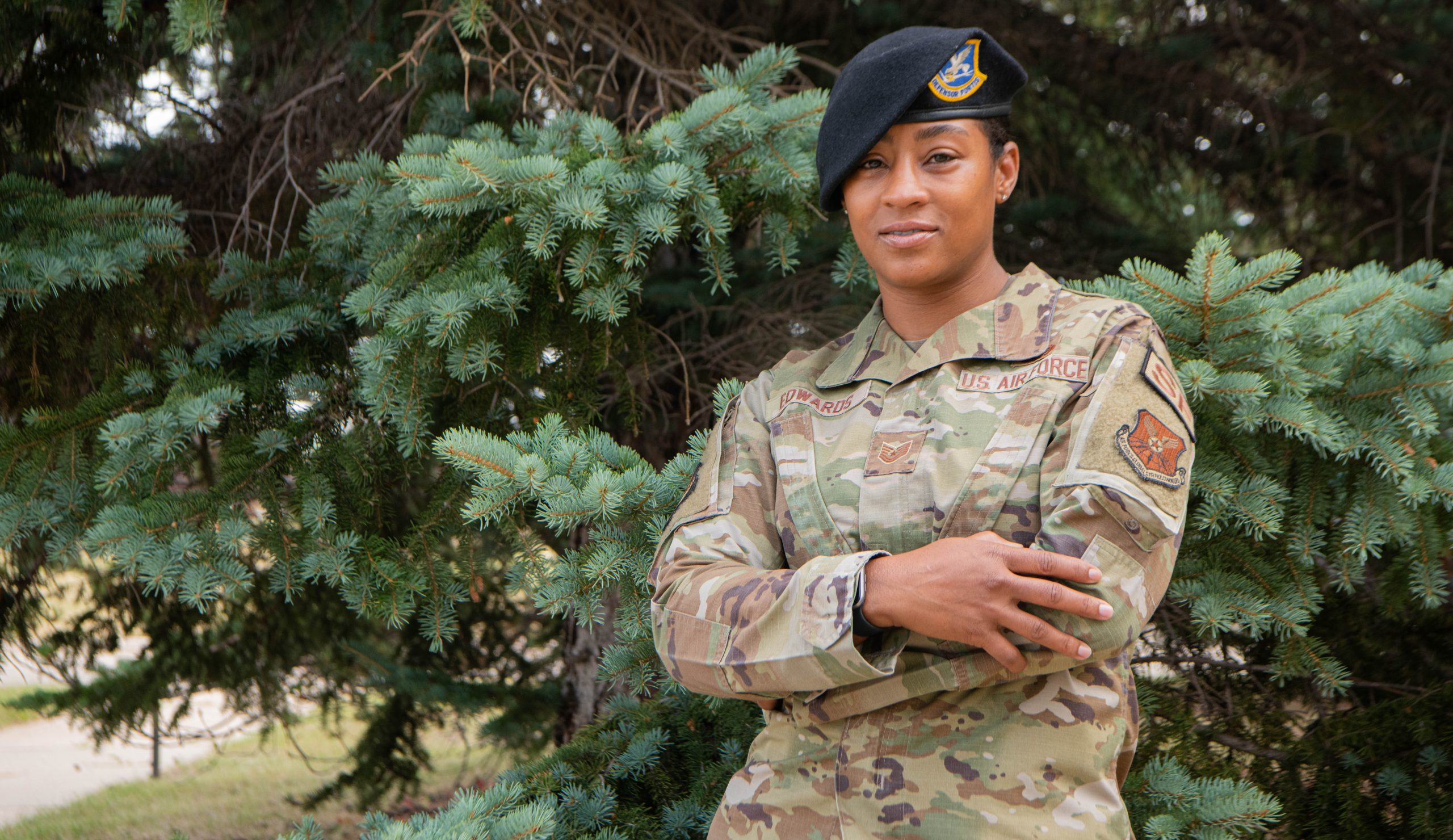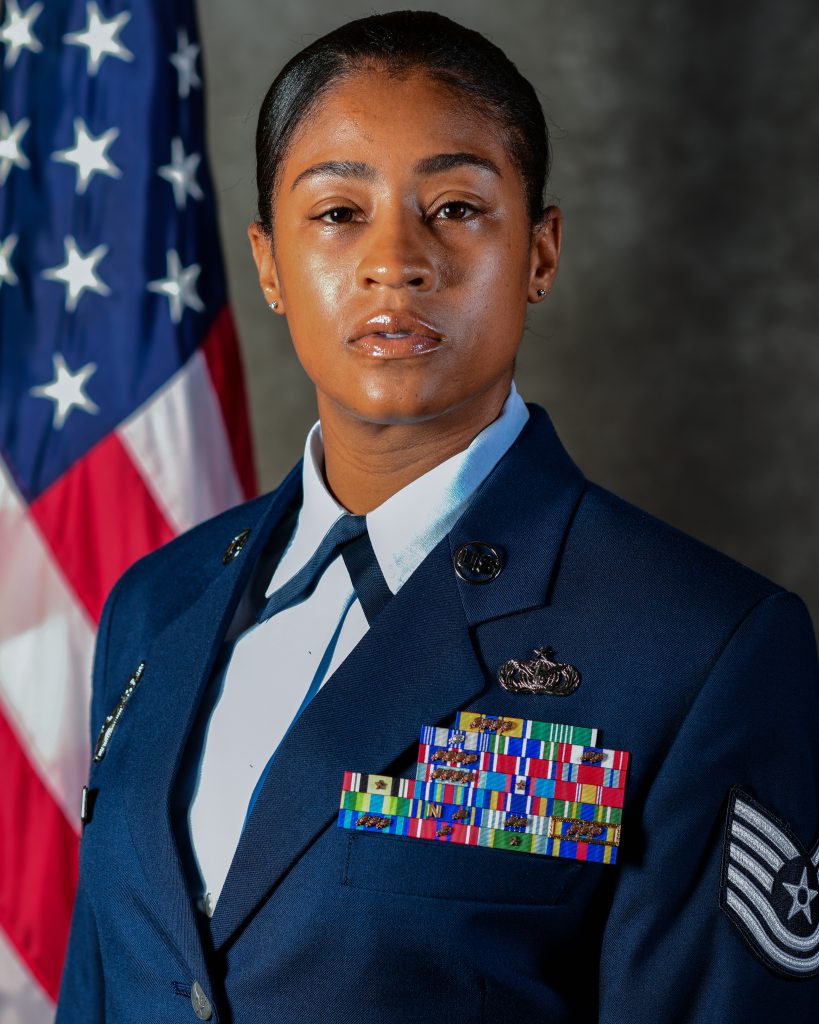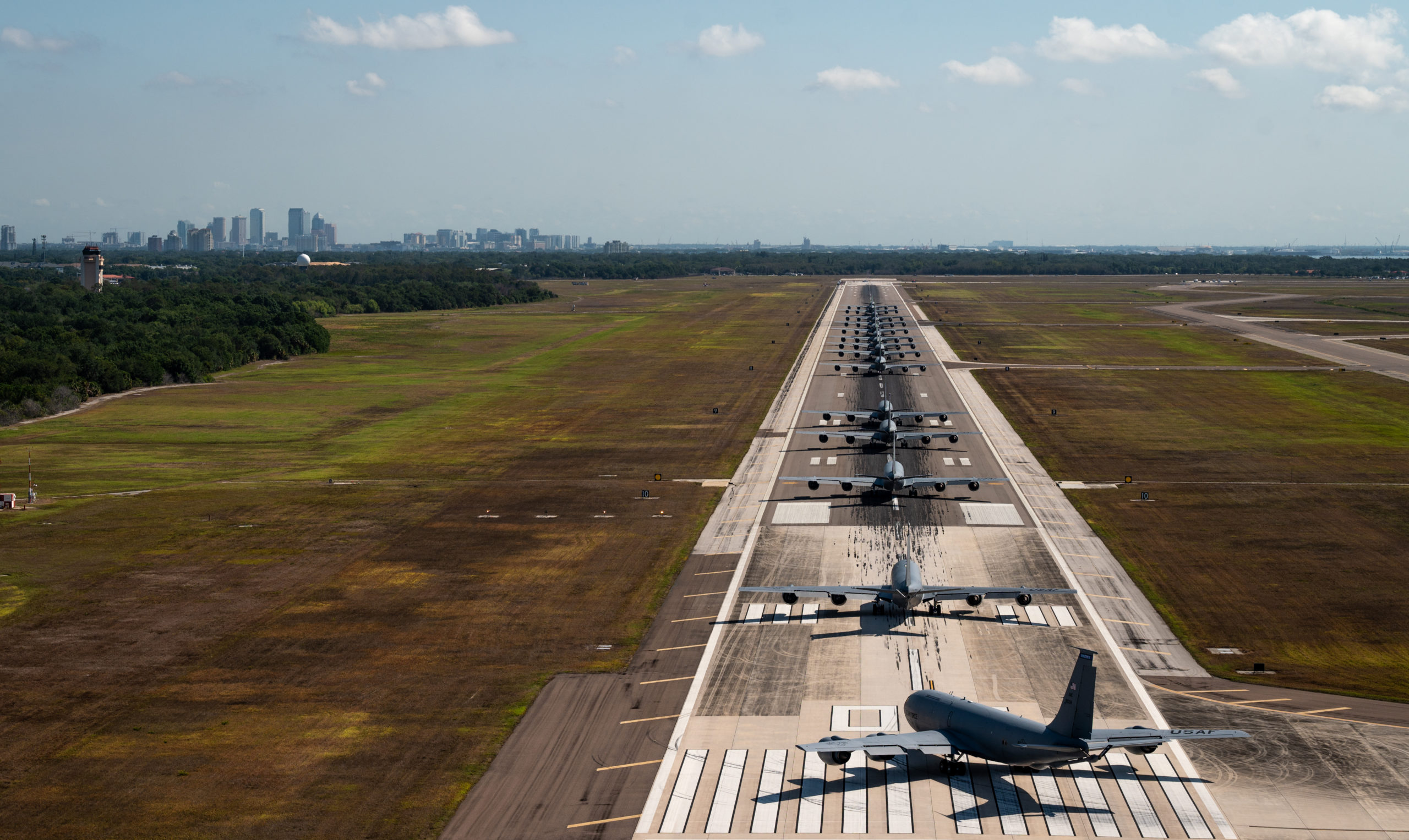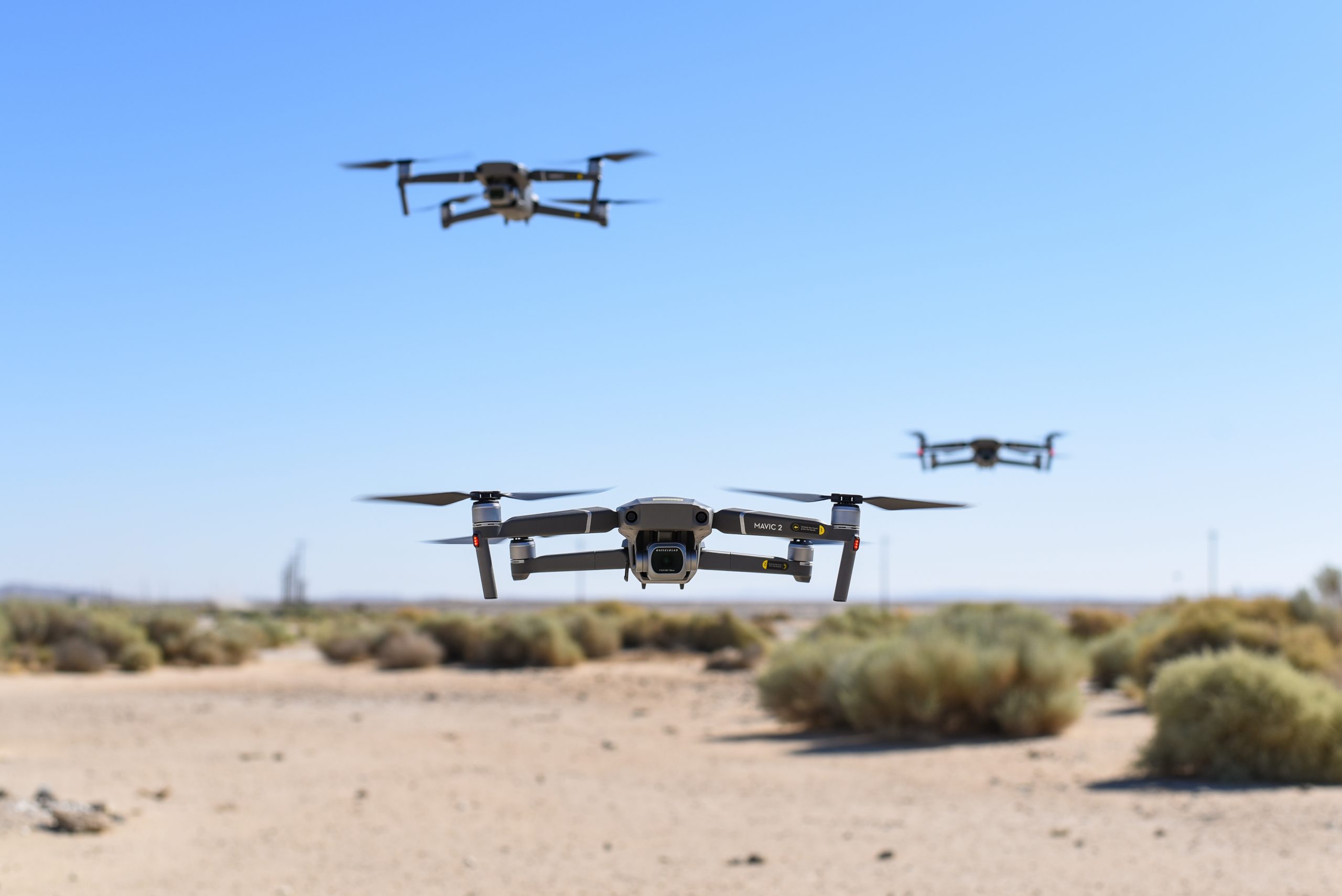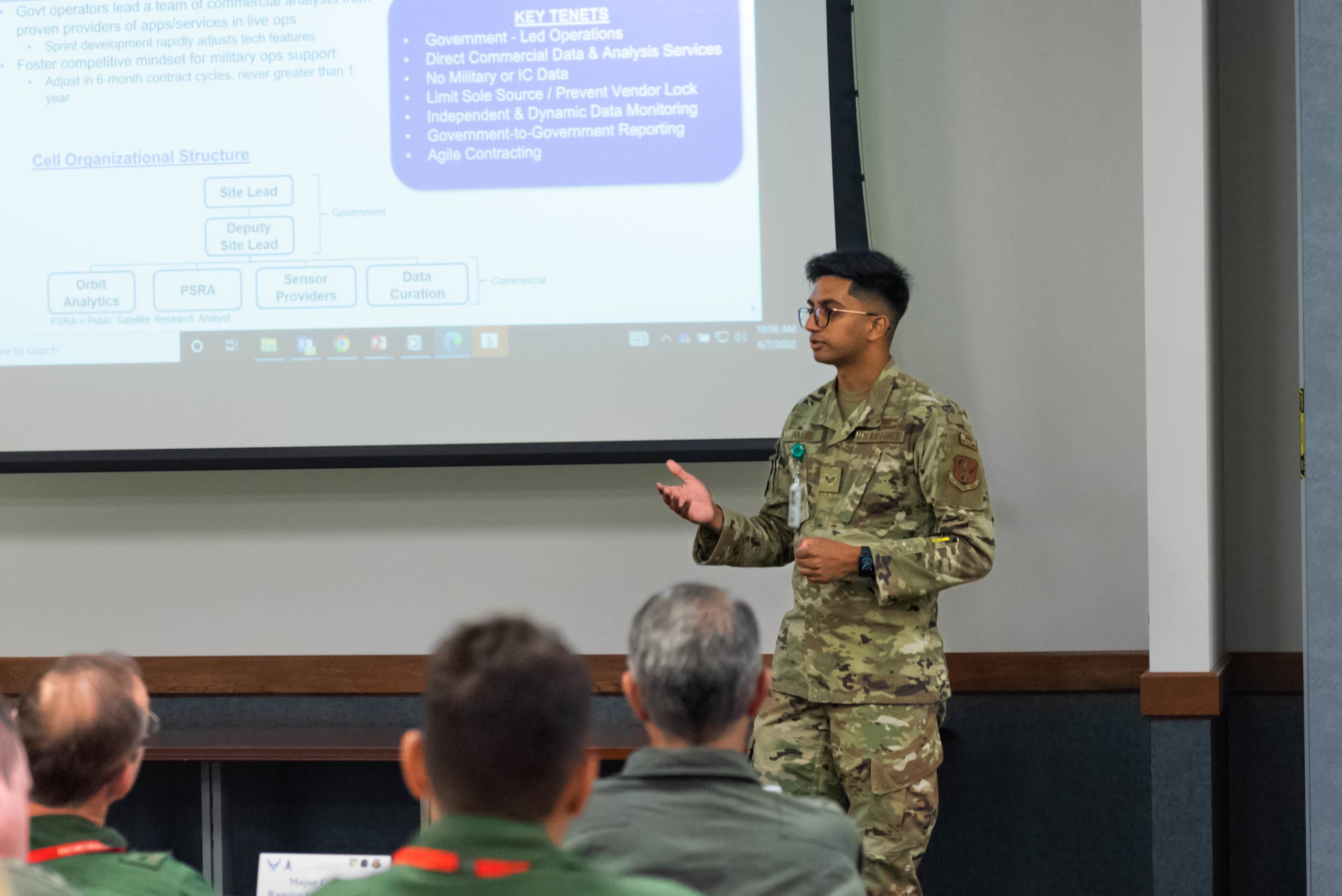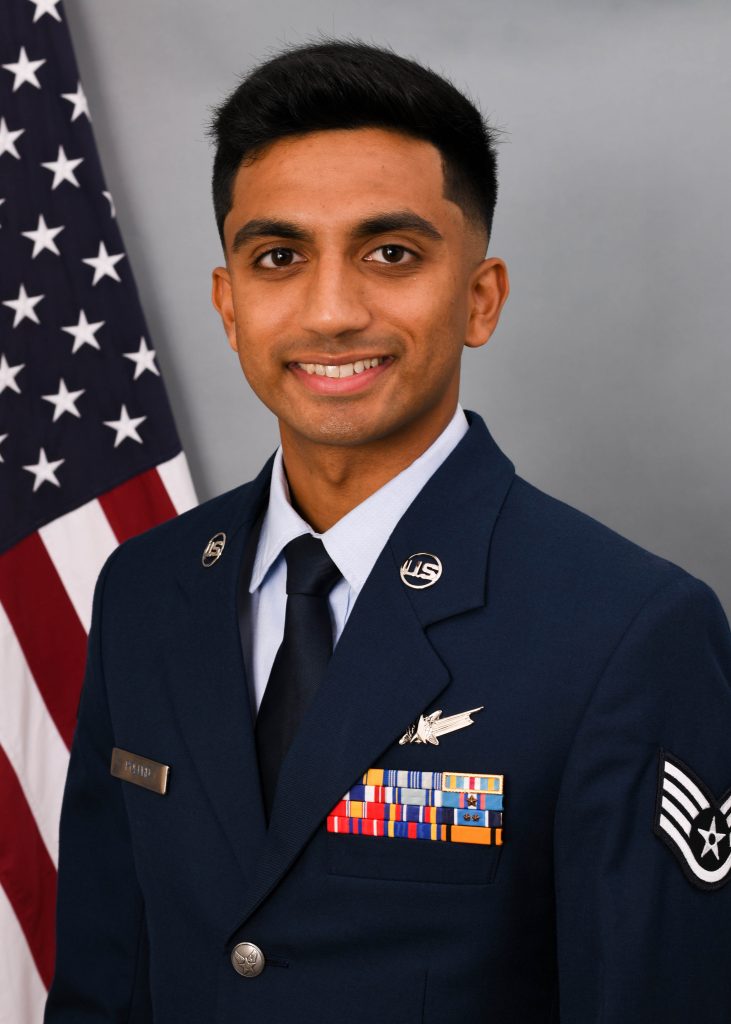A nearly five month-long $22 million runway reconstruction project at Kunsan Air Base, South Korea, wrapped up recently, clearing the way for the 8th Fighter Wing—known as the Wolf Pack—and its F-16s to return home Aug. 30.
“It’s good to have the Wolf Pack home,” Col. Timothy B. Murphy, wing commander, said in a statement.
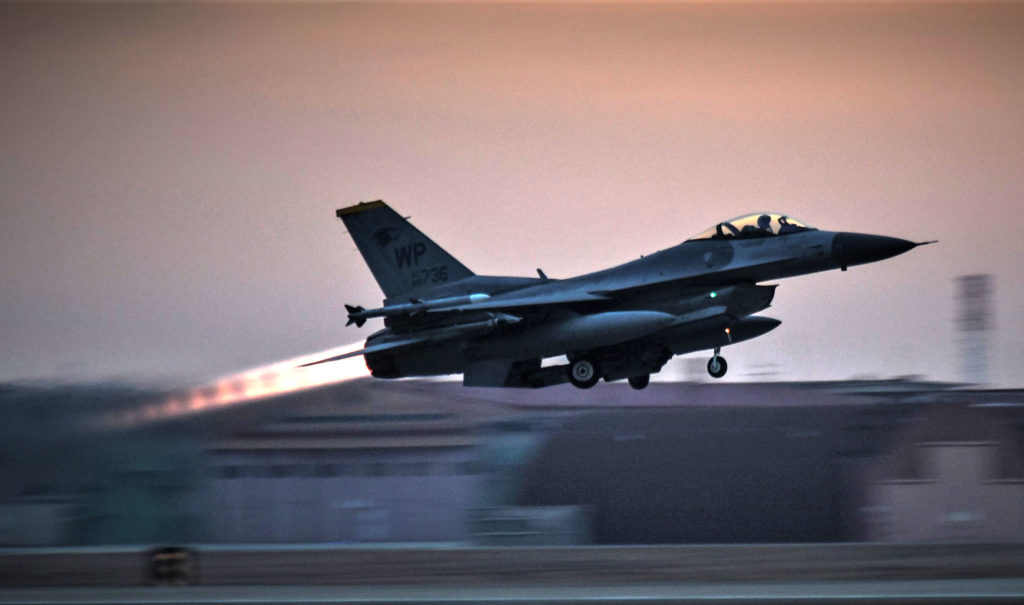
The base, located about 110 miles south of Seoul, started replacing and repairing more than 1,500 concrete slabs on its 9,000-foot runway in April, forcing most of the 8th Fighter Wing to relocate to Osan Air Base, roughly 75 miles away.
Some 600 personnel, along with most of the 8th Fighter Wing’s F-16s, have returned to Kunsan following a ribbon-cutting ceremony on the airfield the morning of Aug. 30, a wing spokesperson told Air & Spaces Forces Magazine.
Murphy noted that getting personnel and aircraft back in one place so they can “Fight Tonight” has been his priority.
During the airfield closure, the Wolf Pack continued its operations from Osan and several other locations. That included “Buddy Squadron” training events with the Republic of Korea Air Force at other bases in South Korea, as well as the Korea Flying Training exercise in April, Red Flag-Alaska in June, and Cope West in Indonesia in June.
“We viewed the runway closure as an opportunity to practice simultaneously operating from numerous locations, honing the new paradigms of distributed control and mission command,” Col. Michael G. McCarthy, 8th Operations Group commander, said in a statement. He credited the wing’s Airmen for successfully carrying out the Wolf Pack’s mission during their displacement.
Operations have immediately resumed for the 8th FW, as they share the runway with their mission partner, the Republic of Korea Air Force 38th Fighter Group.
Kunsan Air Base is home to some 2,800 people including the Air Force and Army personnel, U.S. civilians, local national and non-appropriated employees working on the site. The 8th FW is the base’s host unit, and is assigned to Seventh Air Force at Osan Air Base, 40 miles south of Seoul.
However, at least one Wolf Pack F-16 likely won’t be returning to Kunsan. In May, a fighter crashed in a fiery wreck near Osan, with local media outlets showing dramatic videos of the jet being mostly destroyed. The pilot safely ejected, and the Air Force has yet to release an accident investigation report on the incident.
